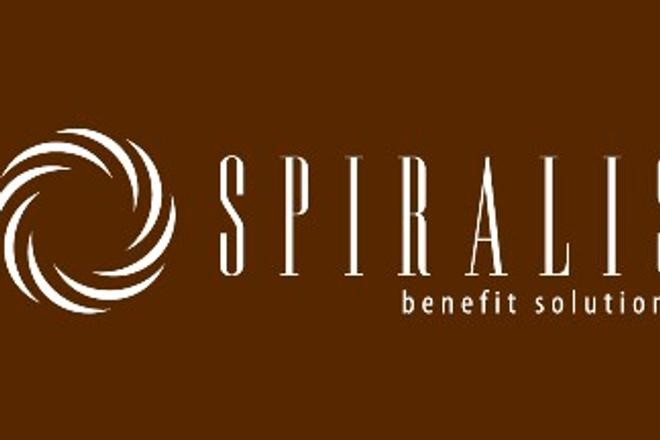In this column we continue with the Process of Optimisation, as a follow-up to the last column on Principles of Optimisation
If a situation occurs in your company when reality differs in a striking way from your expectations and you are considering improving your performance and results through cost optimisation, a certain logical process, one proven by experience, should be followed. The following basic framework for company cost optimisation is offered, aimed at the growth of effectiveness and financial profitability. The aim is to ensure that you will not forget anything important:
• Take a more realistic view of your company. Take off your pink glasses and give them to your competitors; also get rid of your dark glasses. Be pragmatic and realistic.
• Measure, measure and measure again. Find out exactly what internal state your company is in: make a detailed analysis of the business environment and your competitors.
• Define your goals for optimisation. Use the ‘SMART’ principles.
• Communicate openly with your employees. Include all relevant employees in the optimisation process; create a positive, energising atmosphere within the company. Be a good leader for employees.
• Try to achieve quick-wins. Cut the fat! This means getting rid of excess processes and costs your company does not need. Begin with the visible fat and do it quickly. The financial impact will show in several months (cost-to-measures reaction gap). Later act with regard to the importance principle – from the most important to the least important costs and processes.
• Stabilise your cash-flow. Especially in times of crisis, the famous saying ‘cash is king’ holds true.
• Secure and strengthen your company’s ‘self-sustainers’ (in Slovak "samochodky") and ‘pearl-oysters’ (in Slovak "perlorodky"). Self-sustainers are activities and products that bring – with almost no effort – income for your company. Pearl-oysters are unique services or products that distinguish your company from your competitors and help you gain, in addition to uniqueness, income with a high added value.
• Re-evaluate your relations with suppliers, ask them for advantages and try to improve your contractual conditions.
• Try to make your company financially ‘light’, meaning without any heavy elements and with as much variability in finances as possible. Then, in case of larger problems, you have the advantage of a better manoeuvrability.
• Consult with experts. Don’t see the doctor only after you have diagnosed a true illness, but when you feel the first symptoms. Many consultancy companies work on projects focused on reducing costs on the basis of a success fee. This means that their reward is based only on a part of the cost savings that have been achieved through their activities and it can be demanded only upon successful completion of the project – you will certainly save.
• Remember that when trouble strikes, your biggest enemy is time.
• Last, but not least: Don’t forget to sell, produce, motivate your employees and look for opportunities. A crisis offers opportunities to those who are prepared to seek them out.
In the next article on April 5, we will take a look at Procurement.
By Marek Fajčík, Spiralis s.r.o., www.spiralis.sk


 (source: Spiralis s.r.o.)
(source: Spiralis s.r.o.)